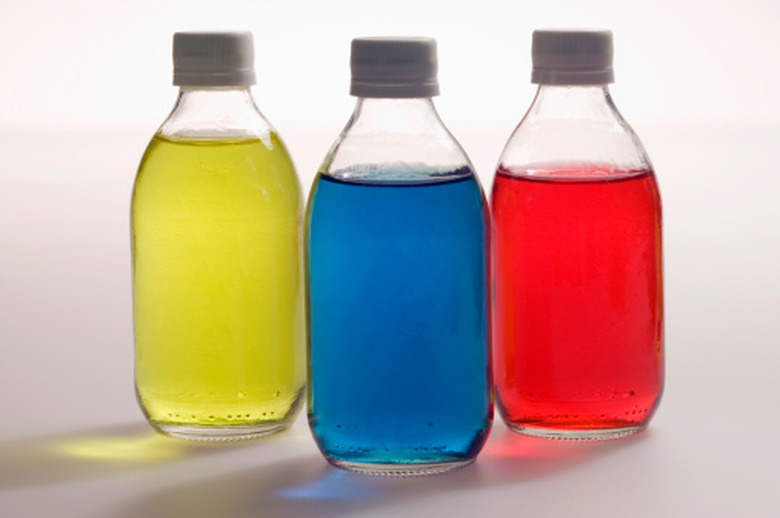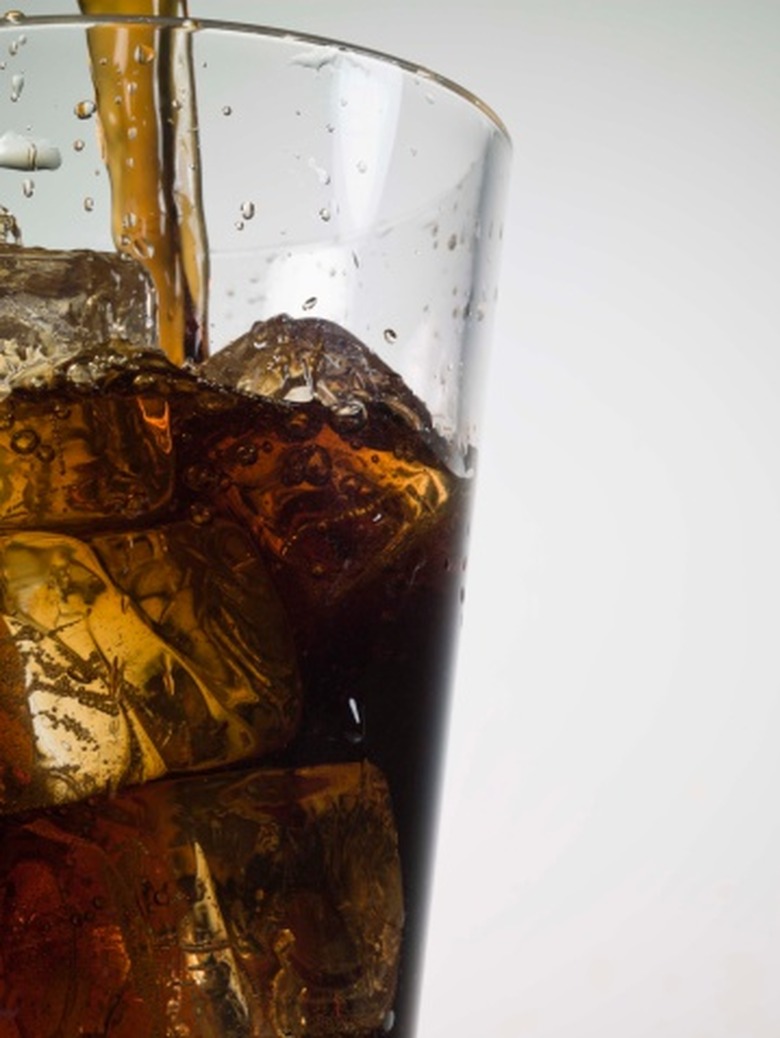Science Project And Fair Ideas
As children work through the steps of science experiments, they find themselves experiencing the scientific principles they are learning about first hand. Learning by doing is one of the best ways for students to acquire knowledge. For a science fair, a child must choose an experiment to present that will intrigue the judges, and she must prepare to explain the principle behind the experiment.
Frozen Oil and Water
Frozen Oil and Water
Water is more dense than oil and will, therefore, always sink below when mixed with oil. Demonstrate the one exception to this rule by freezing the water. Pour 1/2 cup of water and 1/2 cup of vegetable oil into a clear, plastic soda bottle. Invite your child to shake the bottle vigorously. The water will always settle below the oil. When water freezes it expands and becomes less dense than the oil. Place the bottle in a freezer overnight. Your child will see the ice is now on top of the oil.
For a science fair presentation, freeze several bottles of oil and water. Present one bottle of water and oil that is thawed next to a bottle that is frozen. Explain to the judges why the two bottles vary. Replace the frozen bottle as it begins to thaw during the science fair.
Pepper, Water and Surface Tension
Pepper, Water and Surface Tension
Water molecules hold together tightly. This is called water tension. When soap comes in contact with water, it weakens the bonds of the water molecules. Demonstrate this by sprinkling some black pepper on water in a large white bowl. Put a dab of soap on your finger tip and touch the water. Because the soap breaks down the water tension, the surface of the water will spread quickly, carrying with it all the black pepper. For a science fair, invite judges to touch the water with soap on their hands and explain how the soap affects the water. The judges will see the dramatic reaction as the pepper quickly races to the edge of the bowl.
Swimming Ketchup
Swimming Ketchup
Gases respond more readily to pressure than water does. Prove this to science fair judges with packets of ketchup swimming in water. This experiment will need packets with a bubble big enough to float the packet. Test a few ketchup packets in a bowl of water. Use only those packets that float. Place a few of the floating packets into an empty soda bottle filled with water. Screw the lid on tightly. As your child squeezes the bottle gently, she will see the ketchup packets sinking to the bottom of the bottle. As you squeeze the bottle, pressure is put on the air bubble in each packet, causing it to shrink or compress. As the bubbles shrinks, the ketchup packets can no longer float. When your child releases the bottle, the packets again float in the bottle.
Diet Coke Fountain
Diet Coke Fountain
Due to the extreme, and somewhat messy, reaction in this experiment, your child will need a wide open space to demonstrate, or you may need to video tape the experiment. Open a bottle of Diet Coke. Drop in one package of Mentos candies and run away as fast as possible. The aspartame in the Diet Coke reacts with the gum arabic coating on the candy, causing copious bubbles to form. The dense candies will drop through the bottle quickly and cause a dramatic amount of bubbles to shoot up through the hole in the bottle and fly as high as 20 feet up into the air.
Cite This Article
MLA
Rynsburger, Miska. "Science Project And Fair Ideas" sciencing.com, https://www.sciencing.com/science-project-fair-ideas-8178826/. 24 April 2017.
APA
Rynsburger, Miska. (2017, April 24). Science Project And Fair Ideas. sciencing.com. Retrieved from https://www.sciencing.com/science-project-fair-ideas-8178826/
Chicago
Rynsburger, Miska. Science Project And Fair Ideas last modified August 30, 2022. https://www.sciencing.com/science-project-fair-ideas-8178826/




